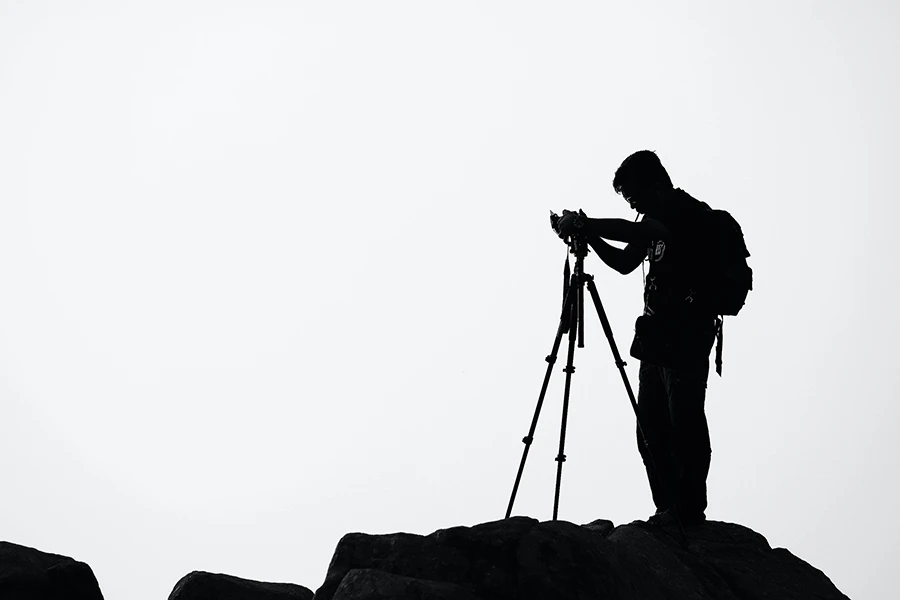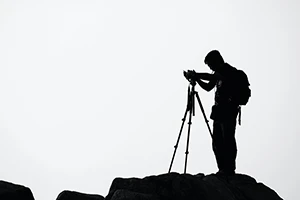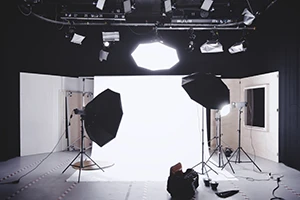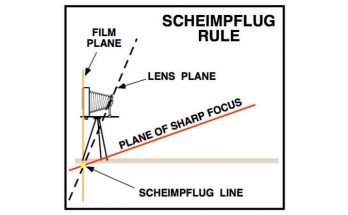
For anyone following the evolution of photographic gear in the last few years, it’s no surprise that mirrorless cameras (or ILC as they are also known) have been steadily growing in popularity among photographers. In fact, according to a recent Technavio report, the market value for mirrorless cameras is expected to increase by $4.77 billion between 2020 and 2025. Despite the vast dominance of smartphone photography, this type of camera has steadily gained popularity because of its performance benefits, flexibility and functionality.
So, if you’re interested in purchasing a mirrorless camera of your own, you are in the right place. In this article we will try to provide you with an in-depth look into the history of mirrorless cameras, what features you should look for, and how to get the most out of your new camera.
History of mirrorless cameras
A DSLR (Digital Single-Lens Reflex) camera uses a mirror to reflect light from the lens to the viewfinder, while a mirrorless camera uses an electronic viewfinder or LCD screen to display the image. DSLRs typically have a larger body and are heavier than mirrorless cameras, but they also tend to have better battery life and faster autofocus. Mirrorless cameras are typically smaller and lighter, and offer more advanced features such as silent shooting and a wider range of lens options.
Now, the past decade has brought about vast changes from the very first mirrorless camera to today’s offerings. Many regard the first mirrorless camera to be the Epson R-D1, released in 2004. It was developed by Epson in collaboration with Cosina and it used an APS-C size sensor. It was a rangefinder-style camera and it was designed for professional photographers and enthusiasts. This camera was the first digital camera to use an interchangeable lens mount and was compatible with a wide range of lenses.
However, not everyone agrees on this. A 2022 Petapixel article on mirrorless cameras argues that the Epson can’t be regarded as a legitimate mirrorless camera, as it did not have an electronic viewfinder or live view mode on its LCD screen. If you subscribe to this definition, then the first “authentic” mirrorless camera is the Panasonic Lumix G1 in 2008. Panasonic’s offering used the Four Thirds sensor system, and delivered an LCD screen that enabled live image preview.
In 2013 and 2016, Sony and Fujifilm introduced features to their mirrorless cameras that changed the market. The Sony a7 and a7R came with full-frame sensors capable of DSLR style phase detection autofocus. Meanwhile, Fujifilm’s medium format GFX 50S provided users with previously unheard of high-resolution and shallow depth of field possibilities. Currently, Sony, Panasonic, Fujifilm, and Olympus are the leading makers of mirrorless cameras as their products rate high in both speed and resolution.
Examples of mirrorless cameras on the market today
Aside from the aforementioned digital viewfinders, mirrorless cameras have various features that set them apart from DSLRs. These include features like hybrid autofocus systems and touchscreen based shooting workflow. Let’s have a look at a couple of popular mirrorless cameras on the market today, and the features they offer.
At present, there are many options in the market which can cater to your specific needs. If you’re looking to buy a mirrorless camera that delivers great performance in both photo and video, then consider the Panasonic LUMIX S5IIX. Competitively, the camera offers a full-frame CMOS sensor and is the first Lumix camera to offer the ultra-accurate phase hybrid autofocus. A hybrid autofocus system combines both phase-detection and contrast-detection autofocus. The phase-detection autofocus system uses a sensor that is integrated into the camera’s image sensor to quickly and accurately determine the distance to the subject, while the contrast-detection autofocus system fine-tunes the focus by analyzing the contrast in the image. For the video shooters, the camera offers advanced heat dispersion mechanism to enable unlimited video recording in all but the most adverse conditons.
Another popular model is the EOS RP, a mirrorless camera made by Canon. It uses the RF mount and it is a full-frame camera. It was announced in February 2019, and it is one of the most affordable full-frame mirrorless cameras on the market. The EOS RP is smaller and lighter than most full-frame DSLRs, making it more portable and easier to handle. It also has a high-resolution electronic viewfinder, a tilting touch-screen LCD, and a built-in 5-axis image stabilization system. Additionally, it has a 26.2-megapixel CMOS sensor, which allows it to capture high-resolution images and videos. It also has Dual Pixel CMOS AF technology that provides fast and accurate autofocus performance, even when shooting in low light. The EOS RP is designed to be a versatile camera that is suitable for a wide range of photography and videography applications, from landscape and portrait photography to street and travel photography.
All that said, whichever mirrorless camera you choose, it’s crucial to understand its features, and how to maximise their use. In the next section, you can learn more on how to do just that.
Tips to make the most out of your mirrorless camera
1. Test out new lenses
One of the best features of mirrorless digital cameras like the Fujifilm’s X-H2, is that because of the lack of a mirror box, they generally have very short flange distance. The flange distance, also known as the flange focal length or register distance, is the distance between the lens mount and the image sensor in a camera. In a mirrorless camera, the flange distance is typically shorter than in a DSLR camera, which allows for a more compact camera body and the ability to use a wider range of lens options.
Because the flange distance is shorter, mirrorless cameras can use lenses designed for other camera systems with the use of an adapter. This opens up a wide range of lens options for photographers, including vintage and manual focus lenses. This also allows for the use of lenses with a shorter focal distance, which is useful for macro and close-up photography.
2. Know your focus
Our post on ‘Zone Focusing’ discussed the importance of being aware of the different methods of focusing your images, and knowing when to use each one. Sometimes you might be better off manually presetting the focus on your camera, for example when shooting fast, unpredictable action, where the split-second delay of the autofocus system might cause you to miss the decisive moment. In other cases, like shooting wildlife with a telephoto lens, for example, you’d be hard pressed to do anything but let your sophisticated hybrid autofocus system take the reins.
3. Power management
Maximizing the potential of your mirrorless camera begins at optimising its battery life. No matter how fancy a camera you have, if it’s out of power, it’s no use. As discussed in the Technavio report above, the increasing number of features, combined with the ever shrinking housings on modern mirrorless cameras may leave some models challenged in terms of battery life.
Apart from the obvious solution of having spare batteries, you can also turn off features you don’t need to save power. For example, if you don’t need to transfer photos or add geolocation data, then avoid switching on wireless features like Bluetooth and WiFi. Don’t forget to enable the auto power-off feature as well to prevent your screen from depleting your battery life.
For more photography tips, do read our latest posts at Lens Notes.
_____




